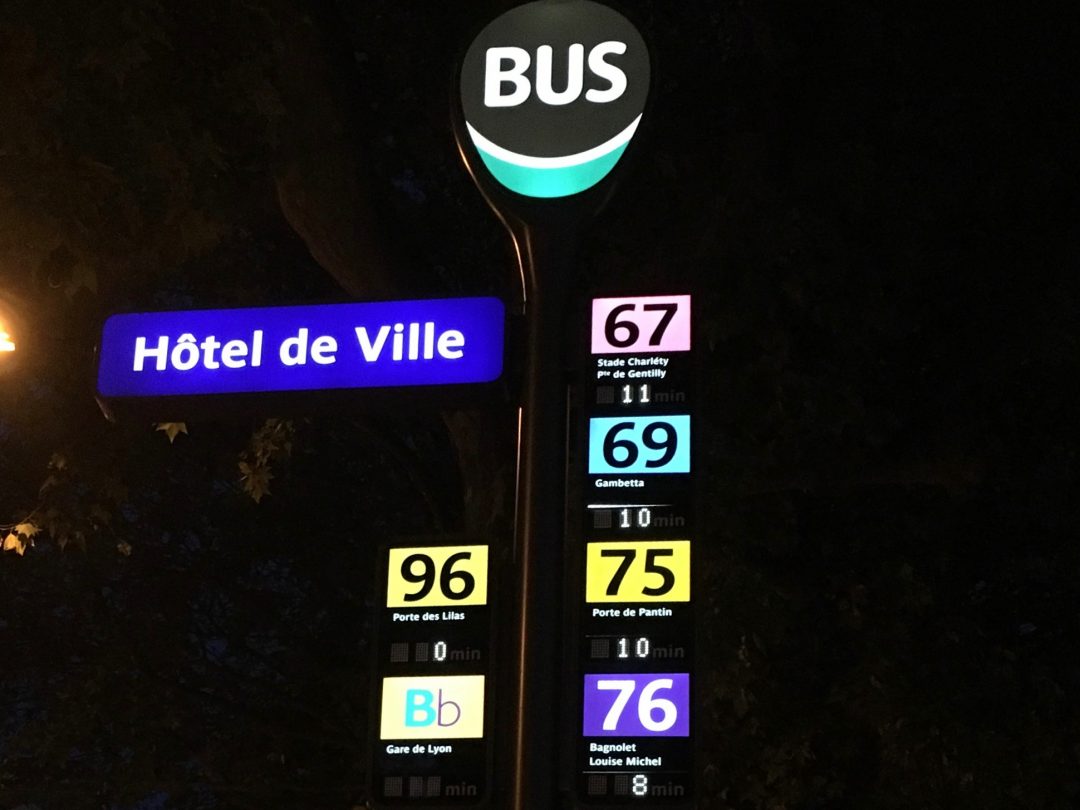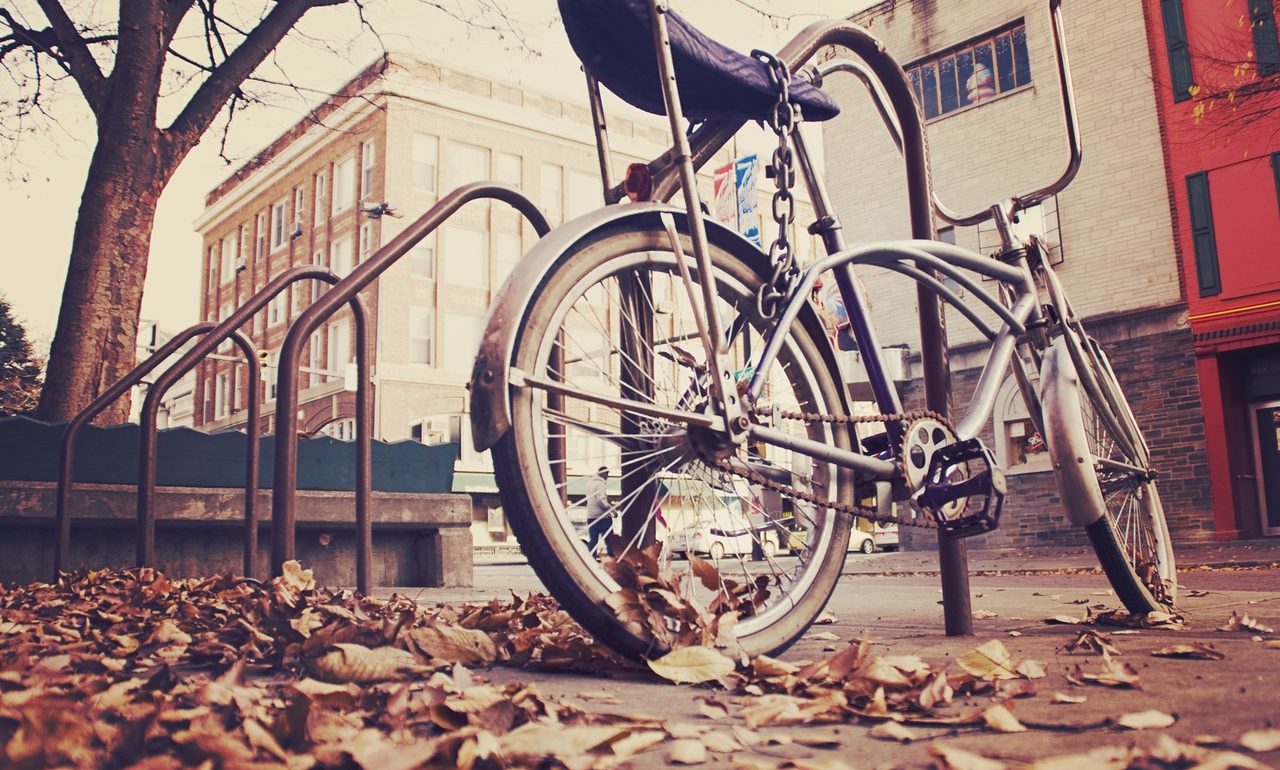Consultations and feedback deadlines
- GRAND RIVER TRANSIT: 2017-2021 Business Plan, comments due October 14
- MOVING FORWARD:
- COMMITTEES: Applications being sought for Waterloo Region Active Transportation Advisory Committee, due October 7
- GTHA: Next Regional Transportation Plan
- MAPS: Regional cycling map, first edition in need of feedback
- GROWTH: Coordinated land use planning review (deadline extended to October 31)
- KITCHENER: Community Engagement Workshop October 4
Next Tuesday’s Regional Planning & Works Committee
Transit in Cambridge: A report on the transit supportive strategy in Cambridge, to spend $1 million per year over ten years to increase ridership in support of extending light rail. As with the rest of the Grand River Transit network, ridership was down in 2015 from a peak in 2013, declining roughly 20% in Cambridge. The loss of the high school pass program, construction disruptions, and skyrocketing fares are blamed for the decline, but good news is noted for higher than projected 203 Maple Grove iXpress ridership, increased ridership following sidewalk installation to improve access to the 67, and increased Conestoga College pass purchases.
Federal Funding: The federal government has allocated nearly $35 million for transit infrastructure funding in Waterloo Region, (which the Region must match). $23 million worth of funded projects, including bus terminals at ION stops and a new Northfield bus garage, were already announced in August, and a new report outlines Regional staff’s proposal for the remaining $12 million. Most of the new projects would be new buses, and upgraded camera and radio equipment for those buses, but about $2.5 million would be earmarked for “Active Transportation” including improved GRT-ION pedestrian connections, lighting, and a “connection between the Iron Horse and Spur Line Trails” – we hope this means the planned trail along the Kitchener Line rail corridor, through the central transit hub.
Proof of Payment: A report outlines plans for security and enforcement with ION light rail. For ION, fare collection will take place at platforms, requiring passengers to carry proof of payment. Policies for fare inspectors are being developed, with respect to warnings and fines for lacking proof of payment. At the same time, bus routes are being restructured away from Charles Street Terminal to be more ION-oriented, requiring security monitoring of GRT to become more spread out in general.
Growth Plan: The Region will be submitting comments to the provincial Co-ordinated Land Use Planning Review, which covers the Growth Plan for the Greater Golden Horseshoe and the Greenbelt Plan. One of the concerns raised is over required densities within 500 m of rapid transit stations, which might require greater densities along Hespeler Road than the “Urban Growth Centre” in downtown Galt, as well as high density surrounding the future Breslau GO station.
Top Headlines
Bikes: Give a bicycle to a child in need (Waterloo Region Record), Waterloo hits 1 million trail users (Waterloo Region Record)
https://twitter.com/citywaterloo/status/780845081788112897
ION: Region, GrandLinq discuss impact of Bombardier delay (Waterloo Region Record), Region delays development charge review (Waterloo Region Record), Mapping the future of areas nearest the LRT (Waterloo Region Record), More key LRT closures ending Friday (570 News)
Vision Zero: Bike hit in Cambridge (CTV News), Local data suggests 130 cars daily don’t stop for buses (Waterloo Region Record), Making roads safe for pedestrians, cyclists means lowering speeds, expert says (CBC News), 401 crash sends 7 to hospital (Waterloo Region Record), Tougher penalties for drug-impaired drivers coming October 2 (Ontario Newsroom)
Streets: Councillor wants road hockey allowed on city streets (Waterloo Region Record), Columbia Street bids come in millions over budget (Waterloo Region Record), Big changes coming for Northdale neighborhood (Waterloo Chronicle)
Top Reads
The insidiousness of “Share the Road” messaging, in The Lion’s Share (Beyond the Kerb):
“All of this inevitably leads to the same state of affairs every time: requests for driving behaviours which reduce the risk posed to others are traded for cycling behaviours which merely afford drivers convenience or, worse, serve to allow drivers not to bother so much with the behaviours that reduce risk.”
The White House takes on parking minimums in its 10-point affordable Housing Development Toolkit:
“Parking requirements generally impose an undue burden on housing development, particularly for transit-oriented or affordable housing. When transit-oriented developments are intended to help reduce automobile dependence, parking requirements can undermine that goal by inducing new residents to drive, thereby counteracting city goals for increased use of public transit, walking and biking. Such requirements can also waste developable land, and reduce the potential for other amenities to be included…. By reducing parking and designing more connected, walkable developments, cities can reduce pollution, traffic congestion and improve economic development. Businesses that can be accessed without a car can see increased revenue, increased use of alternative modes of transportation, and improved health outcomes for residents.”

“It has everything you’d expect of a rail stop, including maps of each route, a diagram of the bus network, a diagram of the metro and regional rail network, and timetable and fare information. It also has more extensive realtime information displays, showing the next several buses departing.”
Jarret Walker celebrates The Triumph of the Bus Stop in Paris (Human Transit):
“Every stop has a name, reaffirming your sense of your place in the city. (At night, these are actually the easiest locational signs to read, so they have navigational value extending beyond transit.) For each route, there’s the number, the endpoint (indicating direction of travel) and the number of minutes until the next bus arrives. If you know the network, you don’t even have to look down to know where you are, and when the next bus is coming.”

